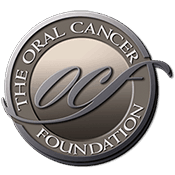Oral sex blamed for rise of mouth cancer in UK
Source: www.medicaldaily.com Author: Darwin Malicdem The number of people diagnosed with mouth cancer has significantly increased by 135 percent over the past 20 years in the United Kingdom. Experts believe the increase comes amid the growing number of Brits engaging in oral sex. Nonprofit Oral Health Foundation (OHF) issued a report showing oral cancer rates “have more than doubled in a generation” across the U.K. In 2018 alone, seven people died every day from the disease in Great Britain and Northern Ireland. “While most cancers are on the decrease, cases of mouth cancer continue to rise at an alarming rate,” Nigel Carter, chief executive of the OHF, told the Daily Mail. “It changes how somebody speaks, it makes eating and drinking more difficult, and often changes a person’s physical appearance.” The foundation said the sexually transmitted human papillomavirus (HPV) caused 73 percent of the oropharyngeal mouth cancers. But drinking alcohol also contributed to the higher rates of the disease in the U.K. OHF said 33 percent of mouth cancer diagnoses over the past decades were linked to consumption of alcoholic beverages. Smoking was associated with 17 percent of the cases. The foundation launched Mouth Cancer Action Month in early November that aims to spread awareness of mouth cancer and its signs and symptoms. “We want everyone to be more mouth aware during this year’s campaign,” Carter said in a press release. “This means being able to identify the signs and symptoms of mouth cancer, understand what is more likely to [...]
